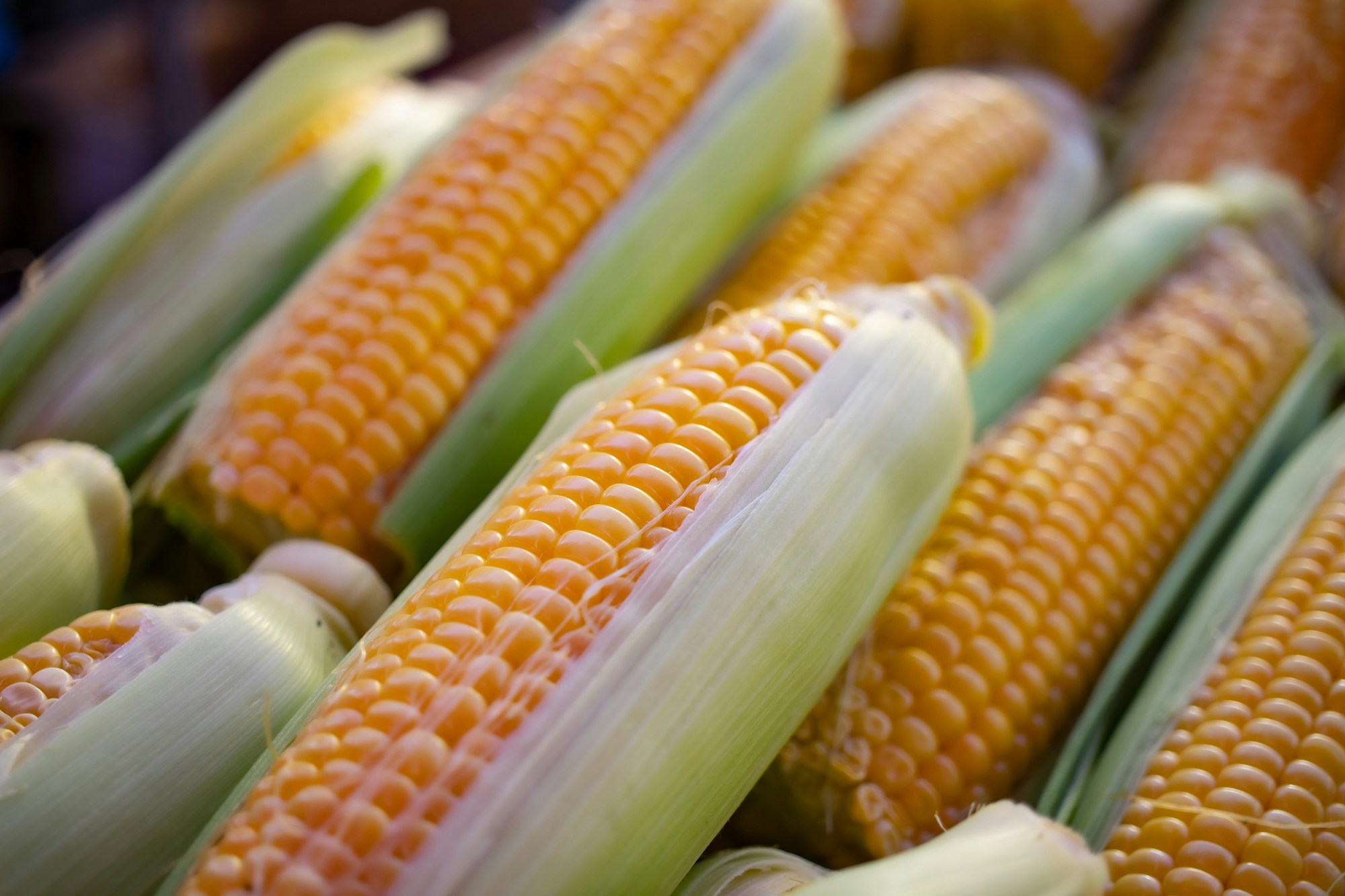The decision by farmers to adopt a "store and ignore" strategy, holding onto their corn in hopes of better prices, proved detrimental. The decline in profitability and the economic strain on farmers are evident, with some planning to repair old equipment instead of buying new, while switching to planting other types of crops such as soybeans or sorghum. High interest rates and large surplus of harvest, despite of increased storage capacity, make storage itself costly and consequently affect profitability. Increased domestic production may further suppress prices, exacerbated by competition from countries like China and Brazil. The biofuel sector also faces uncertainties amid increasing electric vehicle adoption, painting a bearish outlook for the agriculture industry.
The worst US drought in 2012 led to a spike in corn prices which reached the highest value ever in August that year, followed by declines due to increased supply and reduced ethanol demand. Prices rose again in 2018 and 2019 but declined in 2020 during the pandemic. However, with economic recovery in 2021, ethanol demand surged, causing corn prices to soar. In 2022, prices remained high, which was largely caused by disruptions resulted from the war in Ukraine since this country makes up approximately for 15 % of the global corn exports. *

Source: investing.com*
Corn, which sets the direction for other crops, along with soybeans, saw a significant decline on the Chicago Exchange. Expected rainfall in Argentina is anticipated to increase the harvest of these crops and support larger soybean and corn crops. IKON Commodities analysts warns of further prices decline with growing global exports from South America.[1][1]

Source: investing.com*
According to the report „USDA Agricultural Projections to 2033“, released by US Department of Agriculture in February this year, with the data gathered up to August 2023, it is expected that the US agriculture sector should see the modest growth in the next few years leading to 2033. Report suggests that there should be a decline in total acres planted for major crops like corn and wheat. Prices are expected to stabilise, despite challenges like inflation, supply chain disruptions. Agricultural trade may see a decrease in exports initially but a shrinking trade deficit later.Continued demand for biofuels and the crops from which they are produced, such as corn or soybeans, is expected.[2] From a policy perspective, the report assumes the ongoing implementation of the 2018 Farm Bill and the maintenance of current trade tariff policies throughout the projection period. Additionally, it considers international policies and trade agreements that were active as of October 2023, ensuring a thorough analysis of the global agricultural landscape.
Corn prices have been volatile in the last few years also caused by crude oil price fluctuations, demand shifts or weather conditions making it challenging for farmers to plan their sales effectively. Competition from countries like China and Brazil, which have sizable corn production and competitive prices affects the profitability of US farmers. Analyst predictions, however, signal some optimism for the future with markets becoming more stable over time with potential to grow in the next decade.[3]
Sources:
https://www.economies.com/commodities/corn-news/corn-and-soybean-prices-plumb-multi-year-lows-44040
https://www.world-grain.com/articles/19553-chinas-corn-production-estimated-higher-in-2023-24
https://www.ibisworld.com/us/bed/price-of-corn/4559/
[1] https://www.economies.com/commodities/corn-news/corn-and-soybean-prices-plumb-multi-year-lows-44040
* Past performance data is not a guarantee of future results.
[1,2,3] Forward-looking statements represent assumptions and current expectations that may not be accurate or are based on the current economic environment, which may change. These statements are not guarantees of future results. Forward-looking statements, by their nature, involve risk and uncertainty because they relate to future events and circumstances that cannot be predicted and actual developments and results may differ materially from those expressed or implied by any forward-looking statements.
Warning! This marketing material is not and should not be construed as investment advice. Past performance is no guarantee of future results. Investing in foreign currency may affect returns due to fluctuations. All securities transactions may result in both gains and losses. Forward-looking statements represent assumptions and current expectations that may not be accurate or are based on the current economic environment, which may change. These statements are not guarantees of future results. InvestingFox is a trademark of the company CAPITAL MARKETS, o.c.p., a.s. regulated by the National Bank of Slovakia.
 Italiano
Italiano
 English
English
 Slovak
Slovak
 Czech
Czech
 Hungarian
Hungarian
 Polish
Polish





